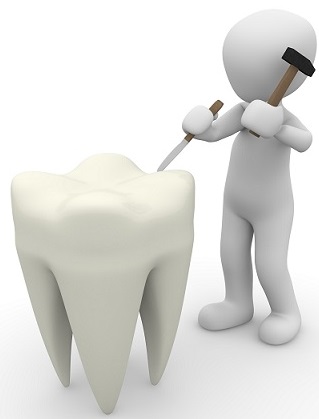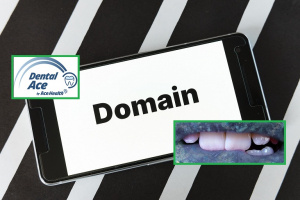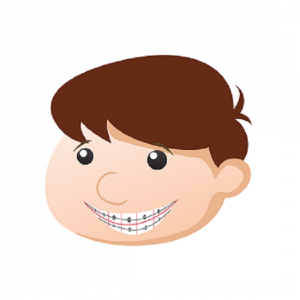Dental laser therapy is the future of dental care
When most people hear the word laser, they immediately think of Science Fiction and of futuristic battles because every good space opera nowadays absolutely has to feature laser beams in one way, shape, or form to be considered “cool”. What is a lesser known fact is that lasers have been used in medicine successfully for many years. For example, a laser treatment in the realm of ophthalmology can cure short sightedness and in dermatology it can precisely and reliably remove warts, small tumors and even tattoos.What is laser therapy?
As already mentioned, the use of lasers in medicine allows for treatment outcomes that are significantly better than traditional treatment methods. These outcomes are enabled by targeted biochemical reactions of the human body to the use of lasers such as, for example, the heating and burning-off of flesh or the complete evaporation of body fluids and skin.Besides the high level of precision that is inherent to a laser treatment, its very low rate of side effects is another huge advantage over traditional treatments. Yet, to ensure the success of a laser treatment, very careful and precise preparations must be made. For example, lasers can and should not be used with every skin type and age also plays a crucial role when determining the appropriateness of laser therapy for a patient because, for example, if laser therapy is used to cure short sightedness to early in a patient’s life (before the eye has fully grown), said short sightedness may re-emerge later in life again.
With that said, if all preparations are appropriately made, a laser treatment can make a huge difference in a patient’s life and can easily achieve superior treatment outcomes with way less pain compared to conventional treatment methods. For example, a laser scalpel barely causes any bleeding while a traditional metal scalpel usually does.
What types of lasers are there?
Since lasers are used for very different treatments across various medical specialties, there are several different types of lasers (or laser types) which one can encounter in different doctors’ offices. The most important laser types that are in use today are:- Solid Body-Laser (YAG-Laser)
- Gas-Laser (Argon-Laser, Xenon-Laser, CO2-Laser, Nitrogen-Laser, Excimer-Laser)
- Semiconductor-Laser (Diode-Laser)
- Liquid- and dye-Laser
These laser technologies mainly differ from each other in terms of the medium that they use to transfer energy (so, gas or solids), in terms of energy output/strength, and in terms of mechanism of energy transfer (so, continuous or via pulses).

Laser therapy is much softer than traditional dental treatment methods
Laser therapy at the dentist office
Nowadays, lasers are also used in dental medicine and, though there had been attempts already in the 1960s to include laser therapy in the repertoire of dentists, this treatment type only relatively recently (in the past 5-10 years) made it back into the spotlight and started gaining in popularity among dental care professionals.Laser types that are commonly used include the Erbium-YAG-Laser for exact and precise work on dental substance as well as CO2-Lasers, which have seen increasing usage since the late 1990s due to the fact that they cause almost no bleeding during and after incisions, which makes them ideal for dental procedures involving deeper cuts. The most common use cases of dental lasers are periodontal operations, dental root resections, and various types of biopsies obtained from the oral cavity.
How much do dental lasers and dental laser treatments cost?
In general, it is difficult to compare lasers because most of them are specially adapted to particular medical specialty areas and, hence, can differ greatly from each other from a technological point of view. This is why a laser for complex ophthalmic procedures can easily cost up to EUR 200.000 while a simple laser intended for the removal of tattoos can run a purchaser as little as EUR 9.000. In dental care, the price of a laser depends directly on its particular purpose, as the following table illustrates:

Source: More information can be found in the following article.
In the case of actual treatments involving dental lasers it is even more difficult to exactly define prices because this treatment approach is still quite novel in Vienna and still relatively rarely used. Also, similarly to pricing for the lasers themselves, treatment pricing also differs quite significantly across different use cases / procedures.
Fortunately, DentalAce provides patients with an easy and convenient way towards price information and transparency prior to an appointment via our Price Check function.
For more interesting stories, feel free to check out the DentalAce blog and join our online community via a free subscription right here on our web portal with only a few clicks.
All the Best & see you soon, Ace!


